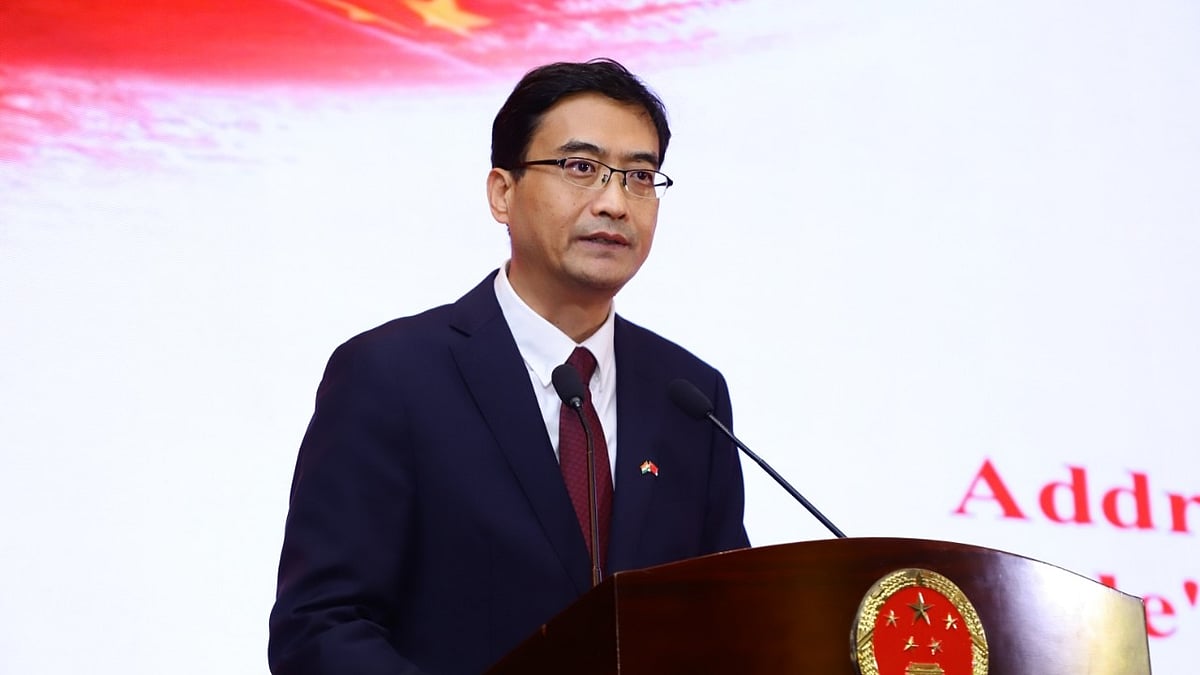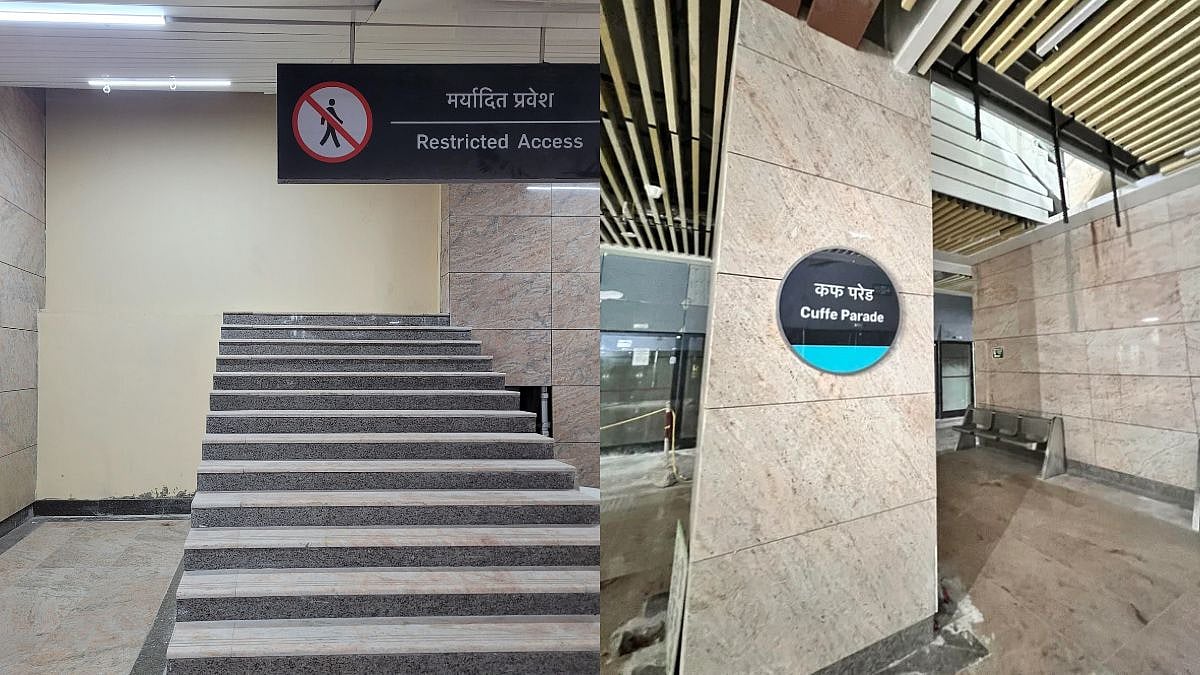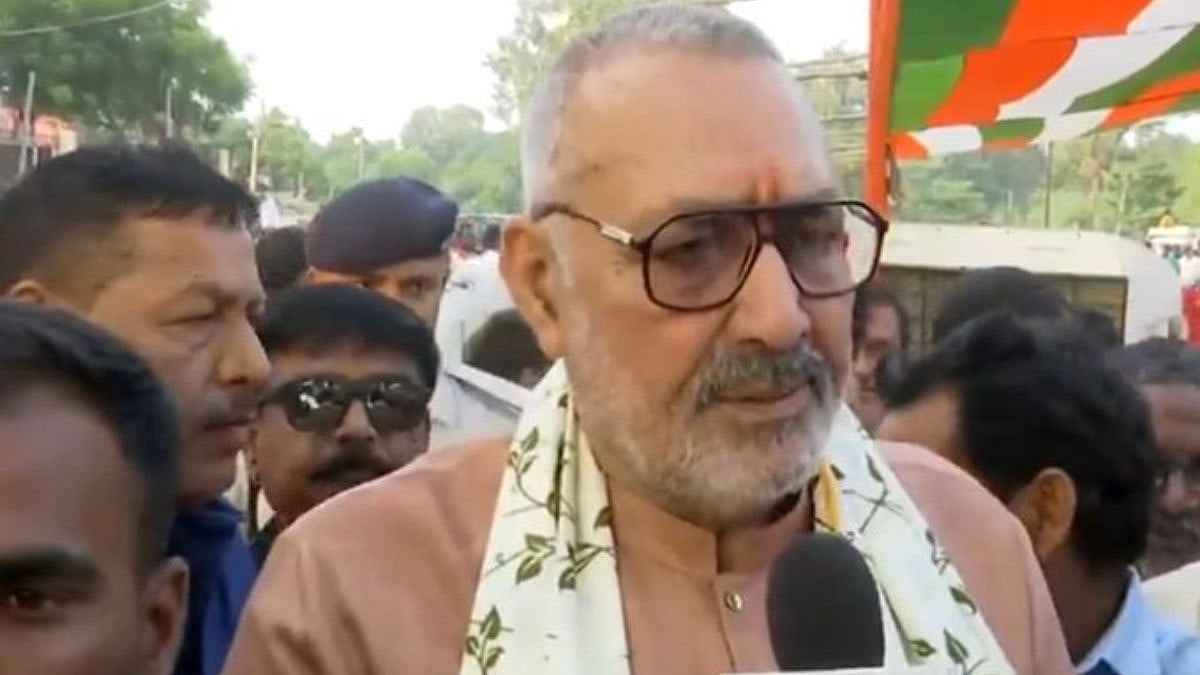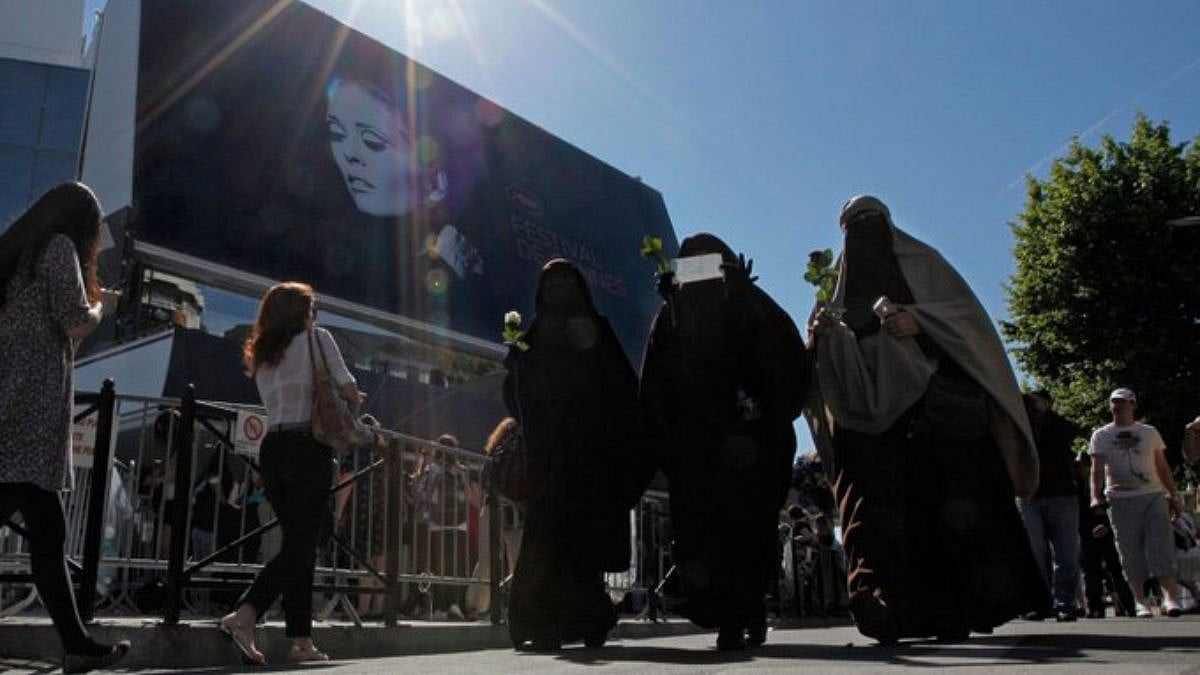As a global problem, poverty poses a severe threat to all humanity. The ideal of reducing and eradicating poverty is rightly put in the United Nations’ Sustainable Development Goals (SDGs). Top on the list of 17 Goals, No.1 is No Poverty, which requires to end poverty in all its forms everywhere. Since poverty is so directly linked to hunger and poor health, Goals No.2 and No.3 are respectively No Hunger and Good health & wellbeing. Unfortunately, due to various reasons like regional wars, climate change, and environmental deterioration, poverty still remains one of the most pressing global challenges of the 21st century. The 2024 World Bank data show that approximately 9% of the world’s population, or over 700 million people, still live below the international poverty line of US$2.15 a day.
For China, poverty has long remained its biggest challenge. Due to the scarcity of food for many generations of Chinese people, “Have you eaten?” has even become common daily greetings when people meet. Given its large-size population and poor conditions of development, the western world has asked “Who will feed China?”. In 1949, the situation is truly worrisome when over 80% of Chinese lived in poverty with some people in abject poverty. But against all odds, China made history in the past decades. Till 2020, China has lifted 800 million people out of poverty, achieving the poverty reduction goals of the UN’s 2030 Agenda for Sustainable Development ten years ahead of schedule.
October 17 marks the International Day for the Eradication of Poverty. In reviewing China’s advantages and experiences in fighting poverty, the following observations can be drawn and hopefully, some lights can be shed on the global efforts in achieving the SDGs.
Point one: A strong central leadership who understands poverty. Following the mission and goal of the Communist Party of China to ensure a happy life for all Chinese people, President Xi traveled to all 14 clustered impoverished regions in China and made in-depth investigations about the poverty problems. The CPC central committee and the Chinese government have come to a sound judgment about poverty: 1) the root of poverty lies in imbalanced and inadequate development of various regions, 2) poverty cannot be eradicated by relying solely on the efforts of local people and governments, and 3) the ruling party and the central government must take the lead in developing national strategies, unifying forces and coordinating efforts of all sectors. As a result, fighting poverty is included in China’s Five-sphere Integrated Plan and the Four-pronged Comprehensive Strategy.
Point two: An effective government system in mobilizing resources. Around the Central government’s overall design, a super large poverty alleviation network has been constructed, with the government, society and the market working in coordination, and the government-sponsored projects, sector-specific programs, and corporate and societal assistance supplementing each other, i.e. the whole nation is effectively mobilized. Party secretaries at five levels (the provincial, city, county, township, and village levels) are assigned with responsibilities and held accountable for effects of poverty alleviation. With full participation of various regions, sectors, departments and businesses, work teams and first secretaries are selected and assigned to live and work in villages - the front lines of fighting poverty. Collaboration and paired assistance are conducted between the eastern and western regions at provincial, city and county levels, through which the flow of talent, capital, industry and technology to poor areas is boosted and moderate prosperity is achieved hand-in-hand. A project named “10,000 enterprises helping 10,000 villages” is a typical example of realizing poverty reduction through paired-up means, specifically through industry, through employment and through public welfare.
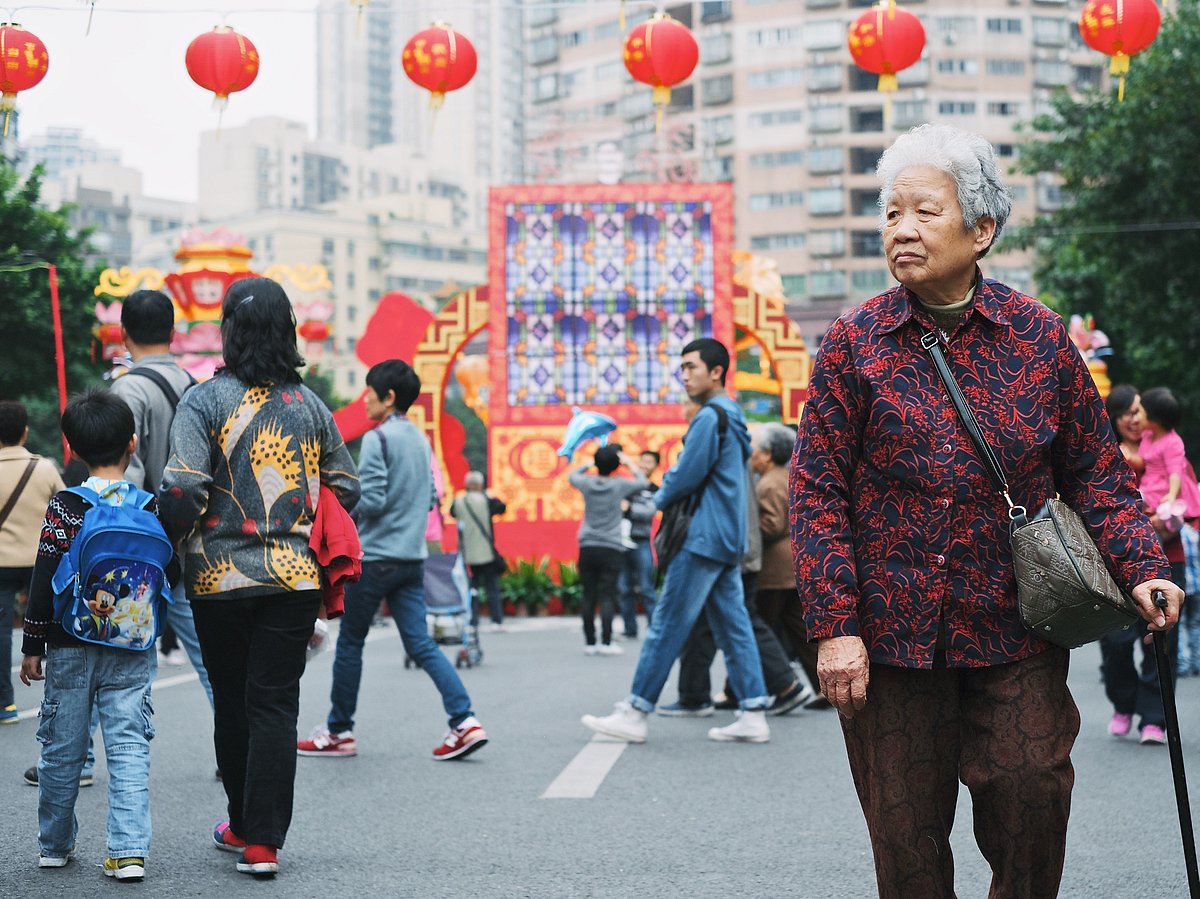
Pic: pxhere.com
Point three: A targeted and development-driven approach. Given China’s vast area and huge population, precision has been emphasized in judging “who need help” (by evaluating family income, health, housing, etc.), “who can help” (by checking resources available), “how to help” (by making out strategies and measures), and “how to exit” from the poverty list. A national registration system, a dynamic monitoring system, and an exit mechanism are set up to make sure five key measures can be applied precisely on targeted groups to lift them out of poverty, including economic activities, education, relocation from uninhabitable areas, recompense for eco-protection, and social assistance for basic needs. Since the root cause of poverty is inadequate development, China prioritizes a development-driven strategy in fighting poverty. In the process, China has constantly made institutional and structural reforms to unleash its productivity, e.g. establishing the socialist market economy and rescinding all agricultural taxes; separating the ownership rights, contracting rights, and management rights for contracted rural land; enhancing integration of urban-rural development; opening wider to the world to create employment opportunities for rural labor.
Point four: A focus on the internal drive of the poor. To shake off poverty, it is essential to change the mindset of poverty. China has long attached great importance to arousing the enthusiasm, initiative, and creativity of impoverished people so that they have the determination and drive to lift themselves out of poverty. As more and more people begin to realize that poverty is not predestined or unconquerable, the synergy of external help and internal motivation comes into effect in the impoverished villages. China’s experience shows that with increasing feeling of attainment, pride and happiness, one can make steady progress towards breaking the shackles of poverty. It is equally important to set role-models for poor villagers to follow and achieve endogenous development.
Point five: A down-to-earth and pragmatic work style. Concrete actions and real results are what really matter for lifting people out of poverty. In this regard, President Xi has pointed out that we must avoid paying only lip service or setting unrealistic goals in fighting poverty. Instead, we should follow a reality-based, case-by-case, category-specific and targeted approach. We must raise the common prosperity of all our people to a more prominent position, doing consistent, results-oriented work as we make more active and effective efforts towards this goal. Then, we must make concrete steps to consolidate and expand upon the outcomes of the fight against poverty as part of our effort to promote rural revitalization so that the foundations of poverty eradication are more solid and the effects are more sustainable. Indeed, China’s poverty alleviation effort is a vivid expression of the CPC’s people-centered philosophy and its mission of serving the people heart and soul.
For any society, poverty alleviation is not a once-for-all job, but a cause calling for long-term, consistent and concerted efforts. In the process, the vital internal ability to stand on one’s own feet for sustainable development need to be built with necessary external support. In terms of criteria, China has started from low standards of “Two no worries” about basic food and clothing needs and “Three guarantees” of access to compulsory education, basic medical service, and housing security, to dynamic adjusting the poverty line standard according to social development level, and by 2024, the disposable income per capita for rural residents in China has reached 23119 yuan (3234 U.S. dollars).
To achieve success in reducing and eliminating poverty, of course, a country need to follow a path in line with its national conditions, identify and remove obstacles to poverty alleviation, find driving forces for this noble cause, and constantly adjust and reform its strategies and policies as circumstances and conditions change. Yet there is a common law, that is, only by developing its economy can a country accumulate its social wealth, and achieve higher living standards for its people.
In fighting global poverty, China is committed to focusing South-South cooperation on development and assisting global south countries in meeting the challenges in poverty relief. China’s success in lifting 800 million people out of poverty not only gives confidence to fellow Global South countries, but offers reference to its region-specific, demand-oriented, targeted and dynamic approach. Through cooperation in the forms of transfer of technology and know-how, financial support, capacity building, development of platforms and so on, China provides systemic support for global poverty reduction. So far, the Global Development Initiate has pooled greater consensus for development, mobilized development funds at a large scale, made international cooperation on development better serve the interests of the Global South, and given a boost to developing countries’ poverty relief campaign and development. From digging wells for irrigation to building roads and bridges, from Juncao planting to hybrid rice, and from major flagship projects to “small and beautiful” livelihood program, China has been helping more and more people in Global South countries to live a better life.
No country should fall behind on the path to a poverty-free world. China stands ready to galvanize global poverty eradication campaign with concrete actions, and in this regard China and India can join hands to help Global South countries to develop and thrive together.
Qin Jie is Consul General of the People’s Republic of China in Mumbai
